From the moment you get your first DSLR camera and begin to show an interest in pursuing photography in an amateur or professional capacity, it’s only a matter of time before a friend, family member, or complete stranger asks you to photograph their wedding.
Being trusted to capture a couple’s special day on camera is a big responsibility. The day can move pretty quickly, so you need to be adaptable and well-prepared; and nothing sours a friendship quite like messing up a couple’s wedding photos.
Whether you’re just starting out in your photography hobby or career, or you’re already adept with a DSLR and looking to push yourself forward professionally, these top tips from professional wedding photographer, Mark Lord, will help you to prepare for your first wedding shoot…
1. Do a pre-wedding shoot with the couple
Meeting with the happy couple before the big day gives you the opportunity to capture some nice, relaxed shots of the two of them together. Some people are apprehensive about being in front of the camera and having all eyes on them on their wedding day, so a pre-wedding shoot allows them to get used to your presence.
A pre-wedding photo shoot also enables you and the couple to get to know one another. You can show them your style of photography and answer any questions they may have, and they can let you know any information that will aid you on the big day.
2. Ask the couple what shots they want you to capture
A lot of brides turn to Pinterest when planning a wedding; and the online pinboard site is full of blog posts and photos offering inspiration to brides and grooms with regards to their wedding photography.
If the couple have any particular shots they want you to capture on the day, it pays for you to know beforehand so that you can visit the venue and scope out the perfect location for each shot, and bring any necessary props or tools you might need.
3. Scope out the venue before the wedding
If it’s possible for you to visit the wedding venue (or venues) before the wedding, it’s highly recommended to do so. Ideally you want to visit it at the same time of day as the ceremony and reception will be taking place, so that you can see which direction the sun shines and how much natural light is available.
Visiting the venue beforehand also allows you to make a note of any particularly good backdrops for the wedding photos, as well as getting to know the terrain and how far you might need to transport your camera equipment.
4. Be clear about what your service includes
Make sure the couple are clear from the start about what kind of service they can expect from you. If it’s a paid job, what are they getting for their money? Let them know what style of photography you use, and what it means for them, for example a reportage photographer will be more focused on capturing candid shots rather than endless posed photos.
You also need to be clear up front about how the final product will be delivered to them, for example will you edit the images and present them digitally, or will you create a printed album for them? It’s advisable to lay everything out in writing and have the couple read it and sign it in case of discrepancies or quibbles further down the line.
5. Hire an assistant photographer for the day
Shooting a wedding can be tiring and a bit stressful on your own, so it’s a good idea to hire another photographer to assist you on the day. If you went to photography school you could tap into your existing contacts and offer to accompany them on a shoot in return.
An assistant can help you to organise the wedding guests for group shots, help to carry your equipment, and capture the same shots from different angles. If both of you are taking photographs at the same time, be sure to let the wedding party know who the main photographer is so that they know which camera to look towards for posed shots!
6. Take control but don’t be too bossy
A good wedding photographer will be able to control the wedding party to get the desired group shots, as well as letting guests know when to take their own photos and when to get out of the way so that you can do your job.
However it’s important that you maintain control without being too bossy or abrupt with people. They’re there to enjoy the day and won’t appreciate you being rude to them, so be polite and courteous when you want the wedding guests to comply with your requests.
7. Dress smartly and look the part
Although you are attending the wedding in a professional capacity, it’s important to try to dress as you would if you were a regular guest at the wedding. This typically means dressing smartly, but remember to factor comfort into your outfit too since you’ll be wearing it all day.
The role of a wedding photographer, particularly those who favour a reportage style of photography, is to blend into the background and capture candid shots without being too obtrusive to the proceedings of the day.
8. Wear comfortable shoes
It’s going to be a long day, and you’ll be on your feet for most of it, so comfortable shoes are a must! Many couples want their wedding photographer to capture shots of the bridal party getting ready in the morning, which may mean a very early start for you, depending on what time the ceremony is.
In order to capture the first dance, the cutting of the cake, and candid shots of the party in full swing you may need to be at the wedding until quite late in the evening. Comfy shoes will be your lifesaver after a long day on your feet, but do make sure they’re smart too!
9. Prepare for bad weather
Even if the wedding is taking place during the summer months, the weather doesn’t always play nice. As much as the bride, groom, wedding guests, and photographer are all hoping for a dry and sunny day, you should still be prepared for the chance of rain.
Investing in some large white umbrellas can come in very handy if the heavens open on the big day. They’ll look great on camera and will allow you to capture some fun shots of the bride and groom despite the weather.
10. Remember you’re not just there to take photos
The role of the wedding photographer is not just to capture images of the big day; it’s also to help ensure the day runs smoothly. This may mean helping guests to find their seats, reminding the bridesmaids and groomsmen to smile as they walk down the aisle, and advising the bride and groom on the best time to cut the cake or do the speeches.
Many couples can get a bit overwhelmed with the emotion of the day after the many months building up to it, so they look to their photographer to keep them grounded and help the day to run smoothly.
11. Carry some essential items that may save the day
One of the least obvious, but often most invaluable, pieces of advice for a wedding photographer is to carry a small kit of essential items that could help to save the day. An item that you may not immediately associate with a wedding is a crochet hook; when the bridal party are struggling to fasten the buttons on the bride’s dress due to false nails (or too much prosecco!) the humble crochet hook comes to the rescue!
It can also help to carry things such as plasters to rescue sore feet, mints to help moisten the groom’s mouth before the vows, and a needle and thread for outfit malfunctions. These little touches will ensure the day goes smoothly, and often mean the couple are more than happy to recommend you to friends and family in future.
12. Learn who the key people in the bridal party are
Obviously all of the wedding guests are important to the bride and groom, but the bridal party, in particular, typically represents those closest to the couple. The bridesmaids and maid of honour, and the groomsmen and best man are typically made up of the couple’s siblings and very best friends. Likewise, the couple’s parents are also an important part of the day but not always easy to spot.
It’s a good idea to learn who the key people are, and learn their names. They can help you with bringing people together for staged shots, and you’ll also know who to focus the camera on more often throughout the day to capture candid shots of the most important guests.
13. Bring backup cameras and equipment
The last thing anyone wants is for a camera malfunction to put a halt to the proceedings of the day. You can carry out as many checks as you like before the big day, but there’s still no guarantee that the equipment will behave as planned.
It’s a good idea to have several cameras with you in case of any problems, as well as backup batteries for your cameras. Having several cameras also means you can fit different lenses to each one for quick changes of shot without having to constantly change your lens throughout the day.
14. Invest in faster lenses with wider maximum aperture
A camera lens that offers a wider maximum aperture is typically described as being faster than a lens with a smaller aperture because it allows you to achieve the correct exposure at a faster shutter speed.
Aperture is usually displayed on a DSLR as an ‘f’ followed by a number; the smaller the number, the wider the aperture. If you’re still learning about different aspects of photography, it’s a good idea to familiarise yourself with the different aperture capabilities of your equipment before you photograph.
15. Use natural light where possible
The best photographs are achieved when natural light is used as opposed to artificial light. Any outdoor shots you take will typically benefit from an abundance of natural light; just be sure to avoid the bride and groom squinting in the sun, and look out for objects casting shadows into the shot.
The inside of most churches can be a little on the dark side, so it’s recommended that you increase the ISO on your camera to around 1600 in order to capture good photos without using a flash. A higher ISO will lead to a noisier (grainier) image, but this can add to the feel of the photo, or can be edited out in post-production.
16. Capture all of the details
The couple have spent many months organising their special day, and a lot of careful thought and consideration will have gone into every little detail. Take the opportunity to capture all of the little details, from the bridal jewellery and shoes, to the beading on her gown, as well as the table decorations and the intricate detailing on the wedding cake.
A good reportage wedding photographer will also capture the bigger images of the day, such as wide shots of the venue, group photographs of all the guests together, and perhaps some shots of the local scenery if the wedding location is particularly picturesque.
17. Capture shots with parents and grandparents
Many parents and grandparents will want to be involved in the traditional posed family photographs, which will certainly be nice for everyone to look back on. However, it’s the candid, intimate shots of the bride and groom interacting with their parents and grandparents that will turn out to be the most cherished.
When you’re blending into the background and unobtrusively photographing the wedding ceremony and reception, you may get to witness a close conversation between the bride and her mother, or the groom being welcomed into his new family as his father-in-law envelops him in a hug. These are the priceless moments you want to capture.
18. Shoot footage in RAW mode
When a DSLR captures images in JPEG format, it automatically processes and compresses the image file according to what you’ve set the camera to. By setting your DSLR to shoot in RAW format you are telling the camera to preserve most of the information it receives, such as the sharpness and contrast.
The main benefit of shooting in RAW mode rather than JPEG is that the images will be much easier to edit and manipulate in post-production, allowing for a more flawless finished product. RAW image files are much larger in size though, so you’ll need to make sure you have adequate memory cards with you, as well as ensuring your computer has the hard drive capabilities to store and edit them.
19. Offer a post-wedding sneaky peak for the couple
Depending on how many images you have captured on the day, and the file format you’ve used, it can take quite some time to edit your footage and prepare the digital photos or wedding album for the bride and groom.
A good idea is to edit a few or the images, watermark them, and share them with the bride and groom on Facebook. This gives them a taste of what’s to come, and enables them to quickly share the images with friends and family. It also provides extra visibility and marketing for your business as a bonus!
20. Don’t forget to eat during the day
The final tip for any budding wedding photographer should be common sense really; however, it’s all too easy for a photographer to become so absorbed in capturing the day that they forget to eat or drink properly.
You’re no good to the happy couple or their wedding guests if your tummy is rumbling and your blood sugar has dropped so low that you can’t steady the camera properly! Some couples will cater for the photographer during the wedding breakfast, but if this is not the case, be sure to bring a packed lunch that you can dip into throughout the day to keep your energy levels up.
Article by Mark Lord of marklordphotography.co.uk


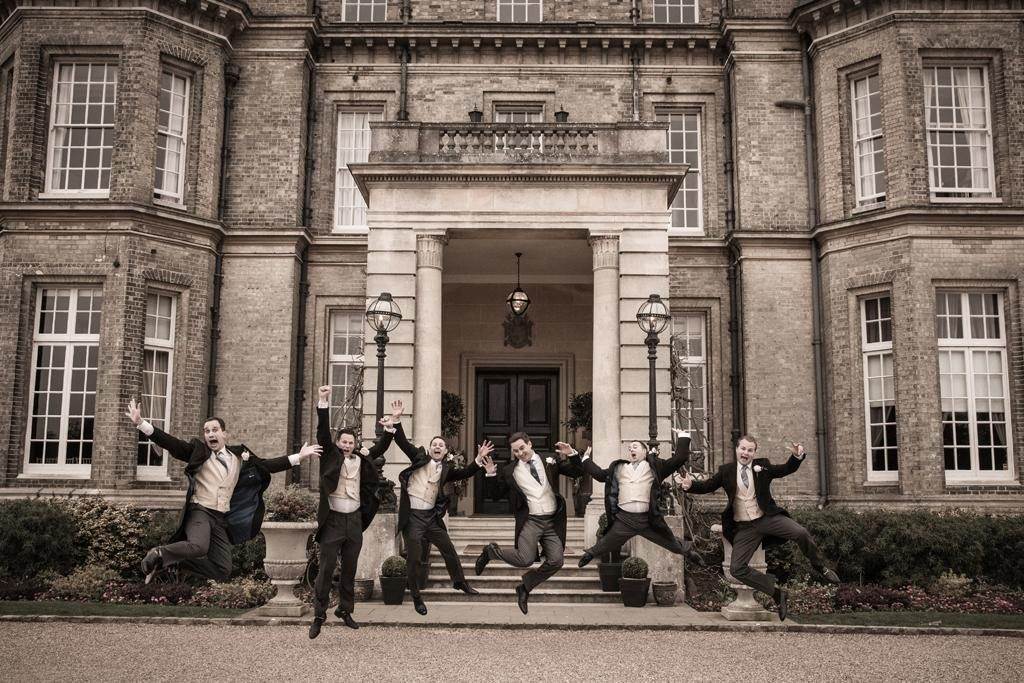
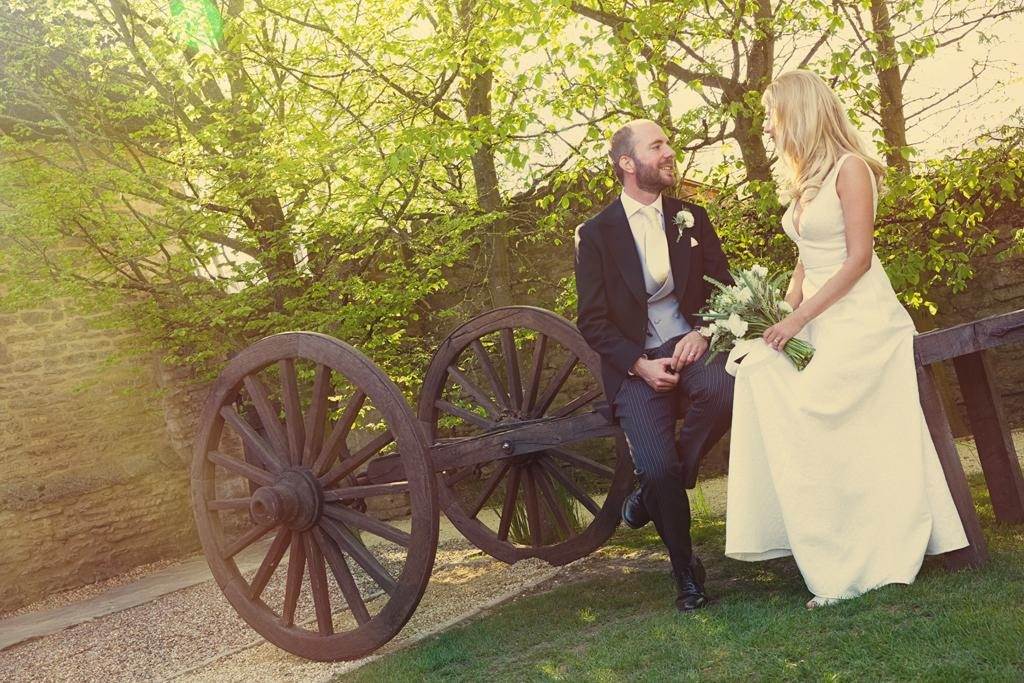
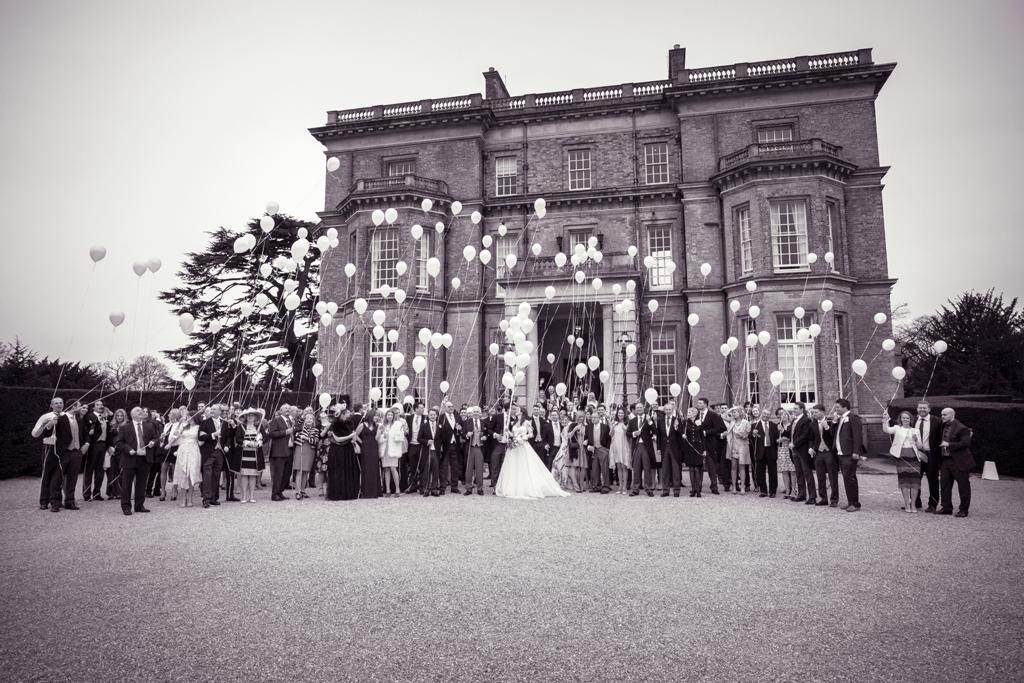
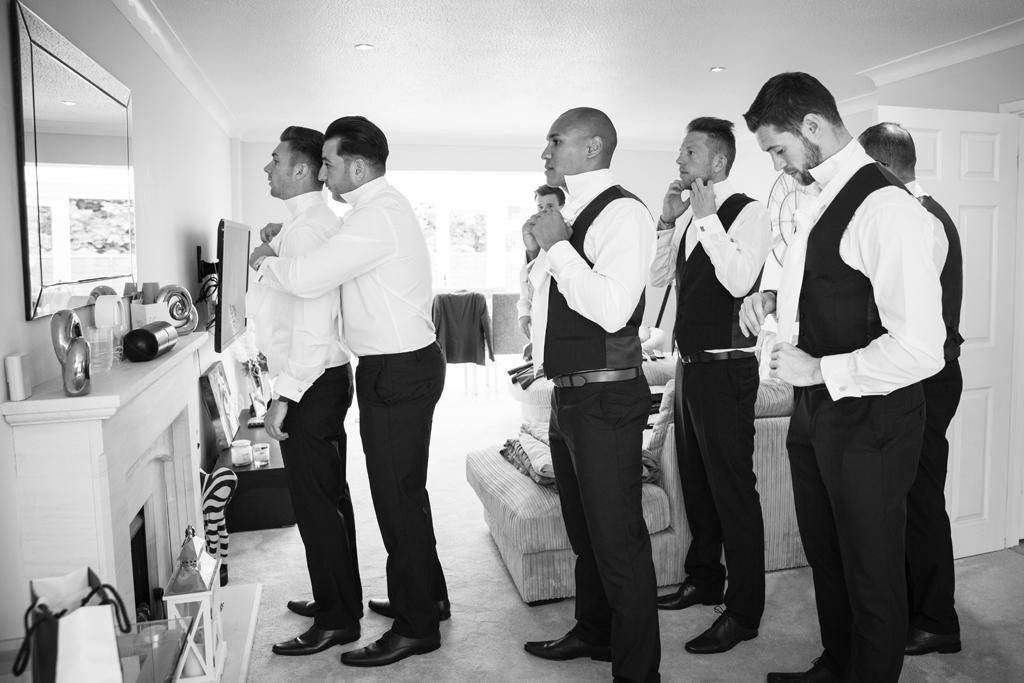
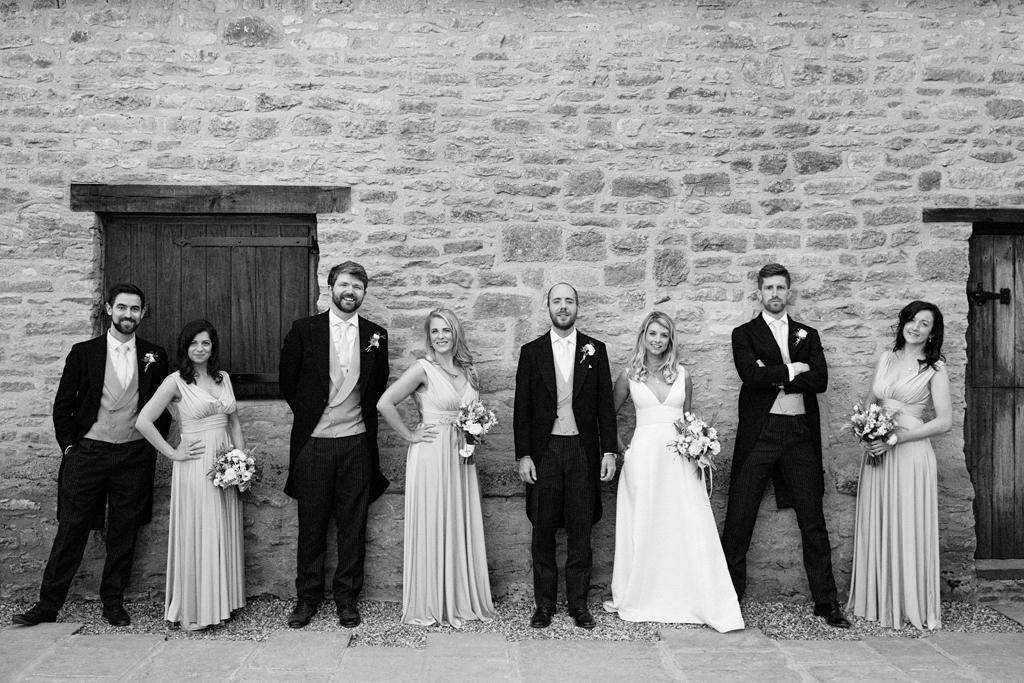
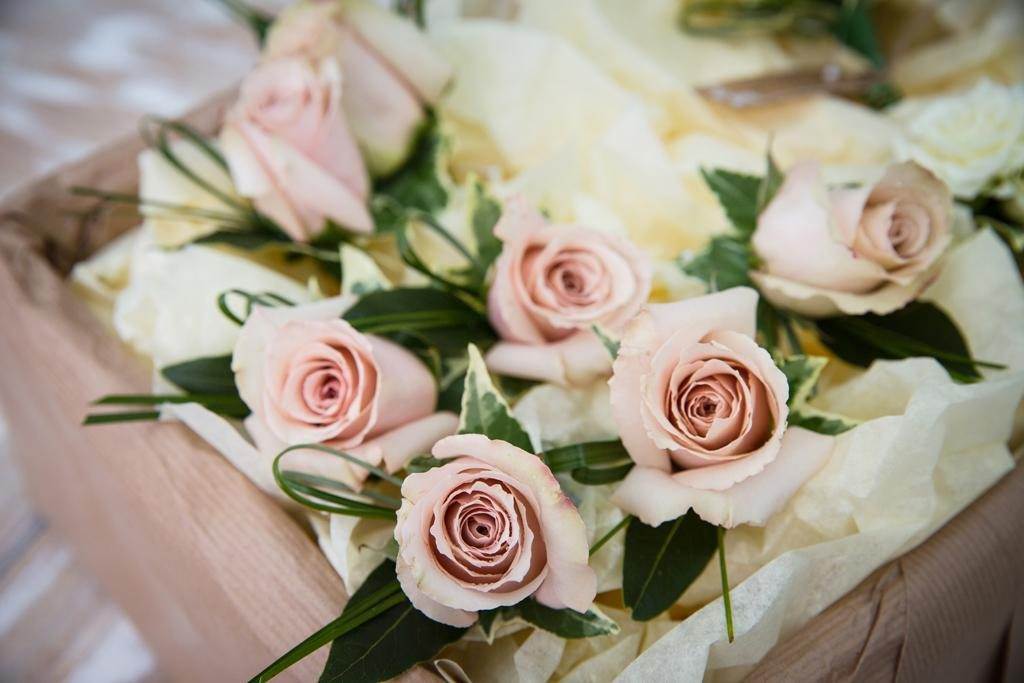
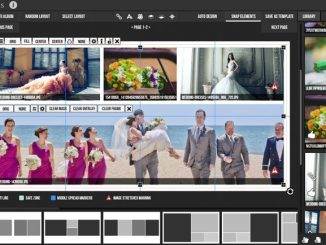
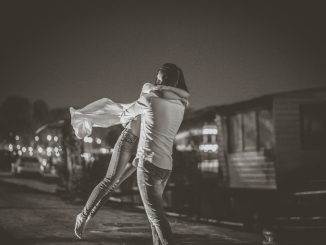
Leave a Reply